In Photos: The King Penguins of Possession Island
Penguin Colony
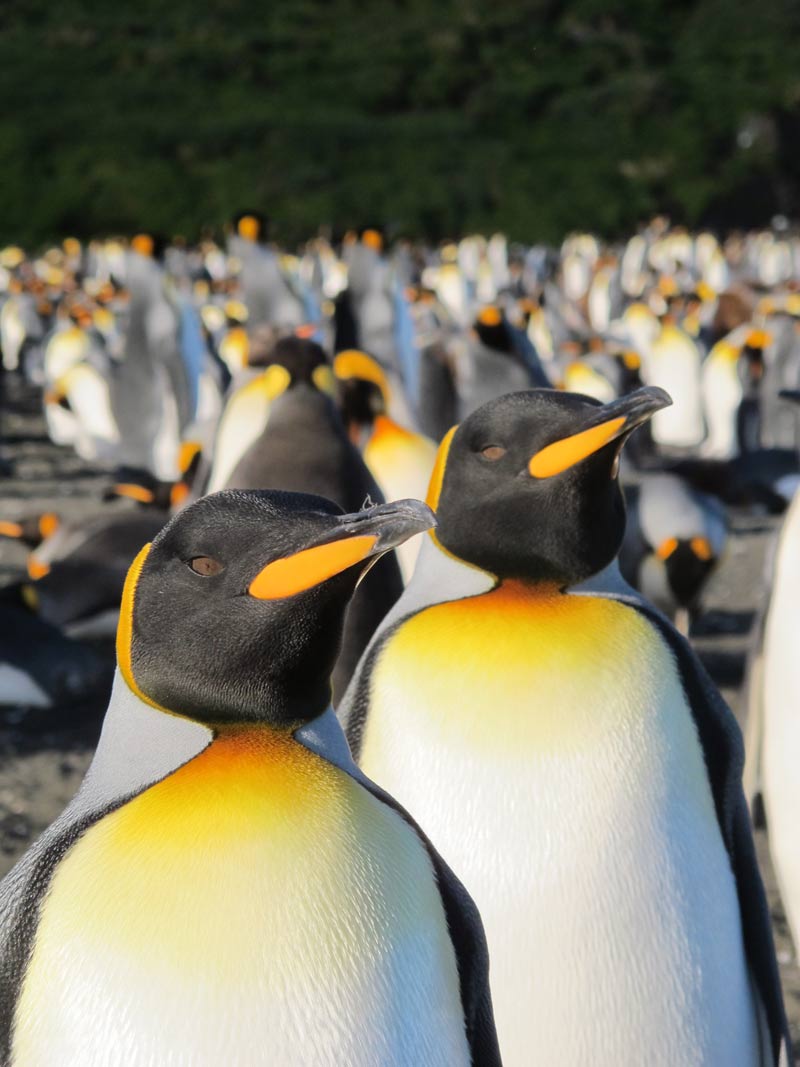
The Baie du Marin colony of breeding king penguins (Aptenodytes patagonicus) has gotten used to humans, it seems, who have been present on Possession Island where the penguins reside since a permanent research station was set up there in 1961.
Making Chicks
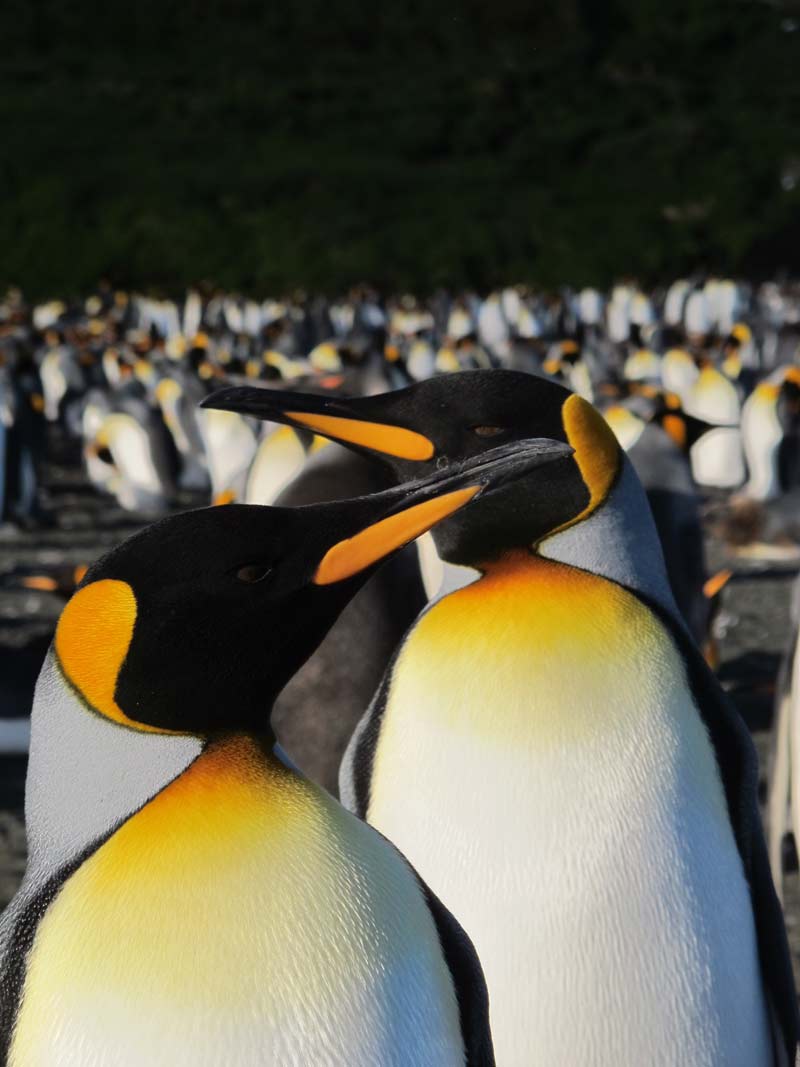
The king penguins come ashore on the sub-antarctic island to breed each year. Hundreds of the penguins waddle onto land to find a mate, and hopefully, make some chicks.
Big Birds
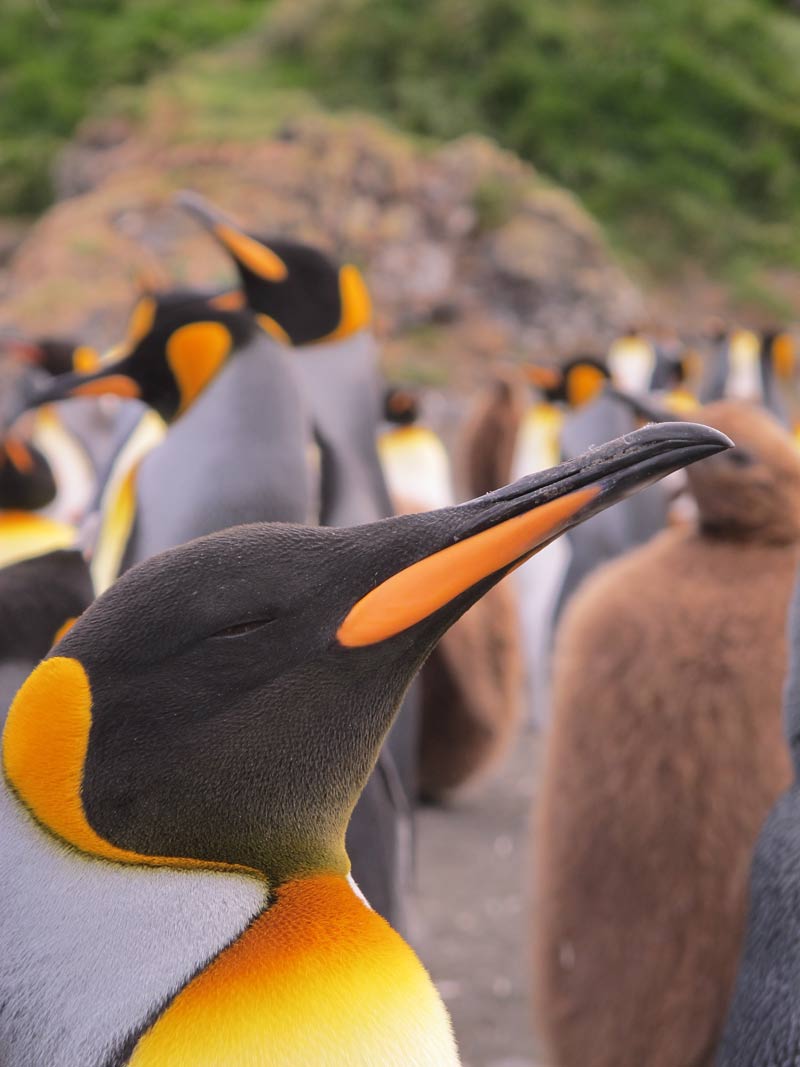
The second largest penguin behind the emperor, king penguins grow to about 3 feet tall and weigh on average 30 or 40 pounds.
Onboard Wetsuit
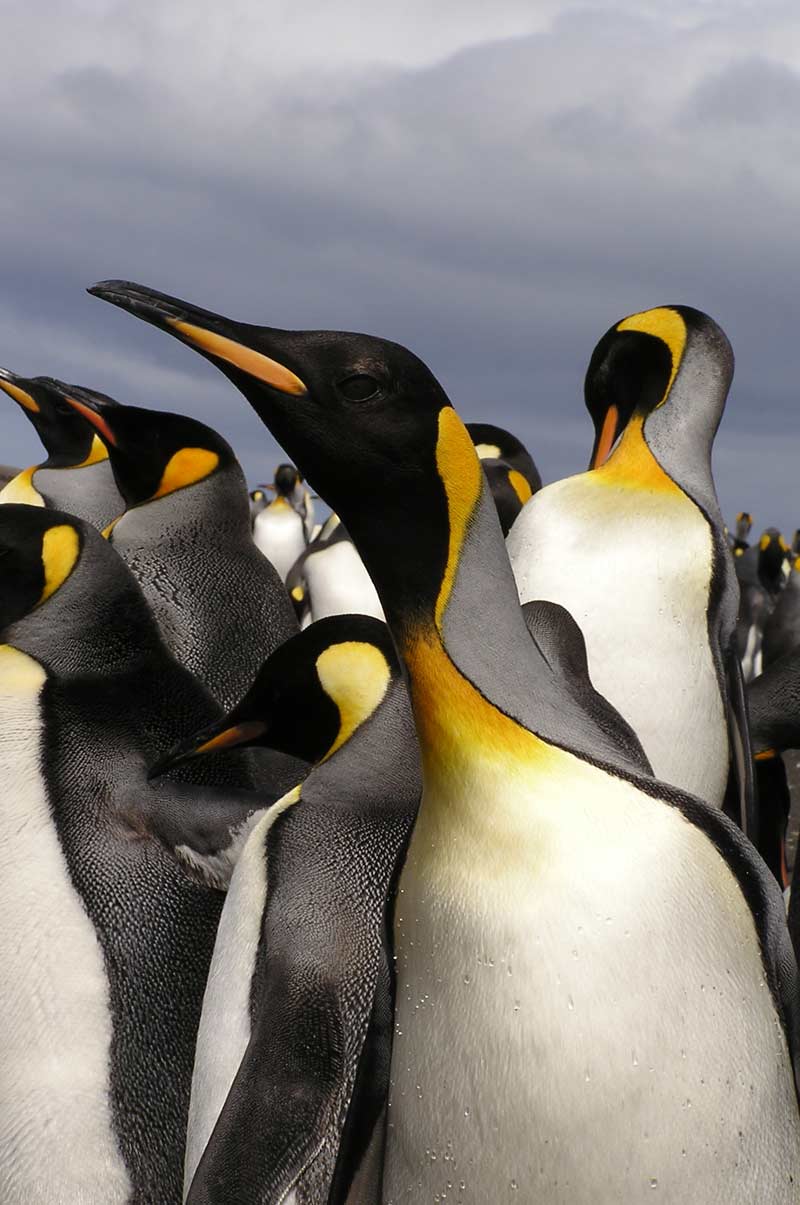
Like other penguins, the king penguin sports waterproof feathers.
Human Presence
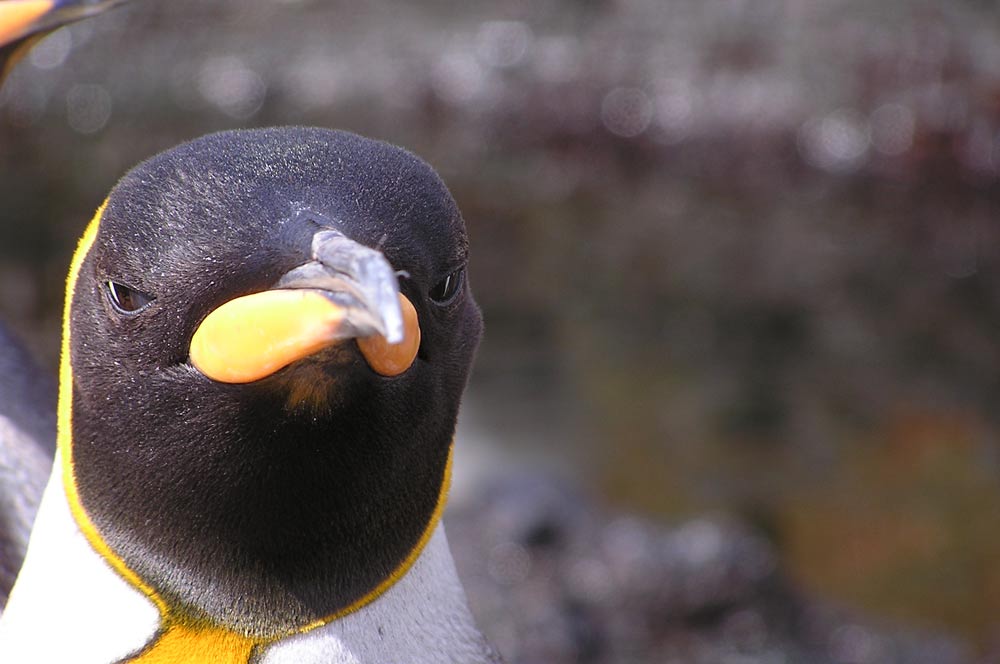
Some parts of the Baie du Marin colony have been exposed more intensely to humans than others. And a small group, about 50 birds, gets captured and handled by scientists one to five times each year.
Stressed Out?
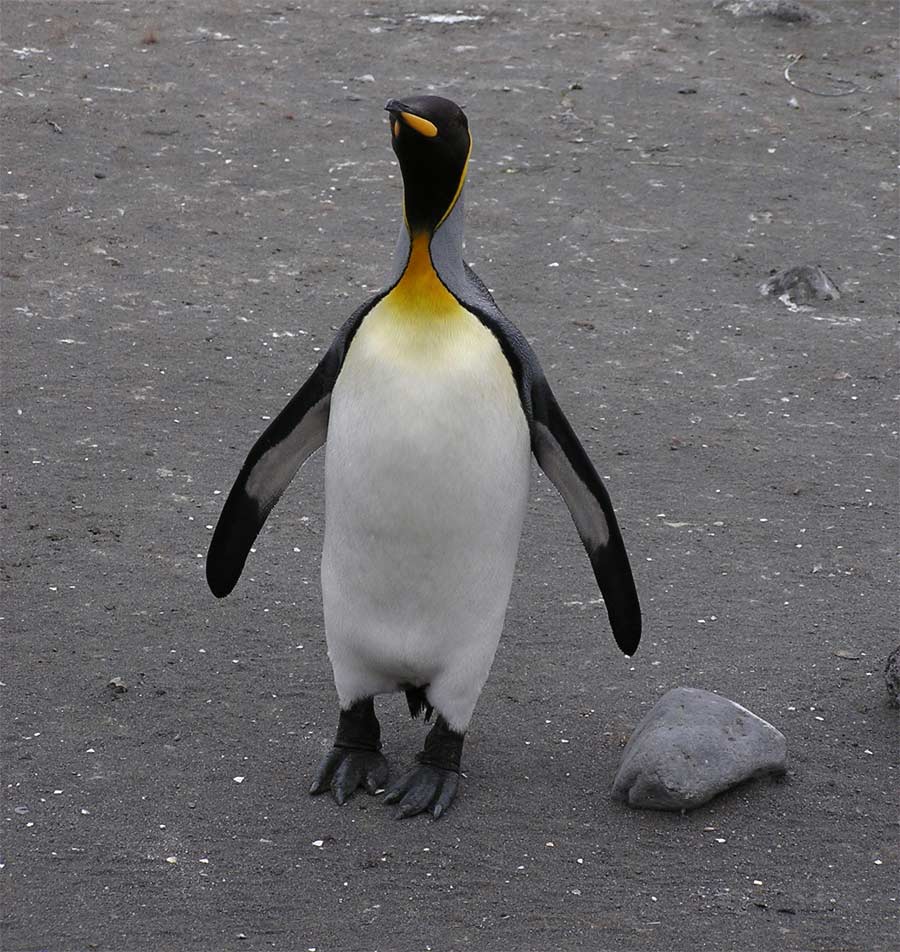
When comparing the disturbed and undisturbed birds (those that see humans maybe one to two visits a week), the researchers found the disturbed birds didn't get so stressed by human presence, with their heart rates not increasing so much compared with the undisturbed birds.
Animal Personalities
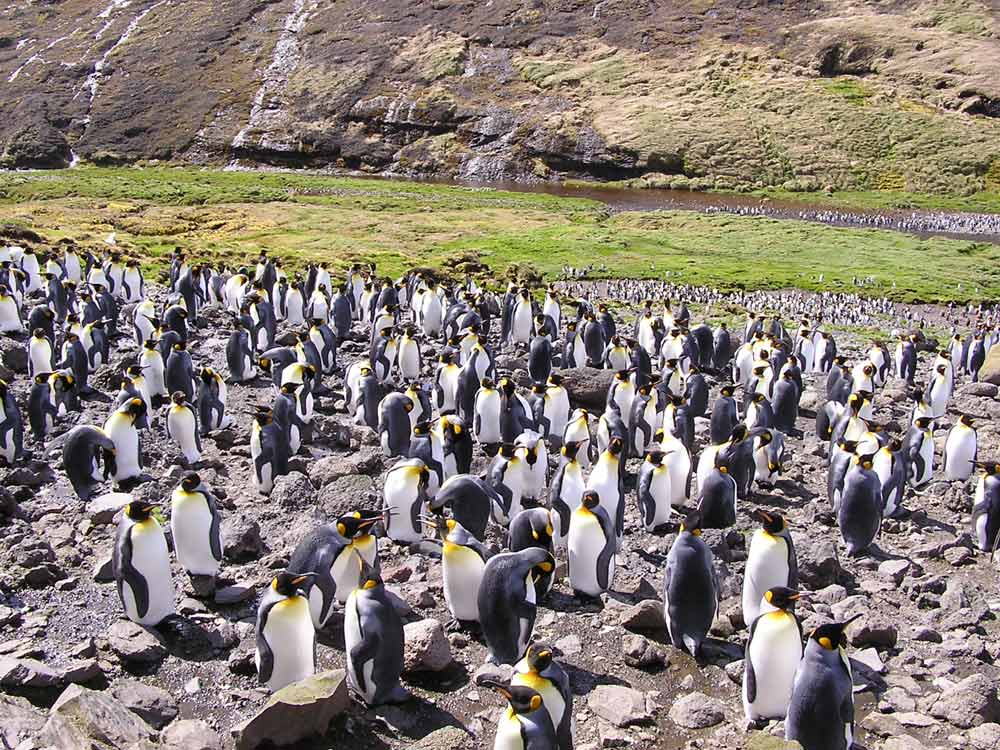
The researchers aren't sure if the king penguins are acclimating to humans and so don't get stressed when in their presence or if human presence weeded out those stress-sensitive penguins, leaving the copers behind.
Get the world’s most fascinating discoveries delivered straight to your inbox.
Fuzzy New Coat
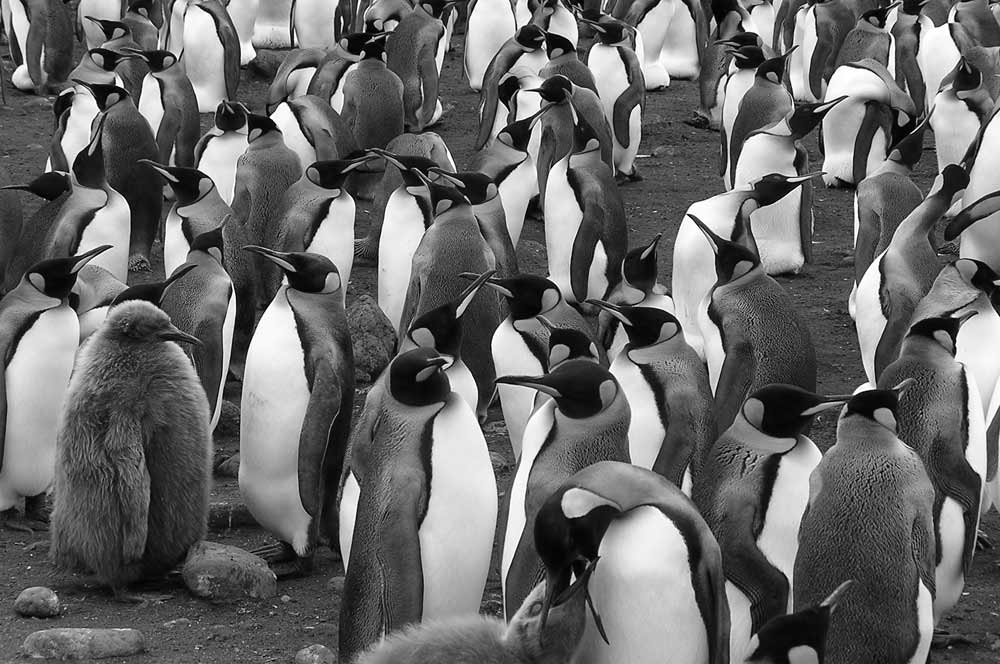
Before breeding, King penguins molt, a lengthy process in which they lose their old feathers and replace them with new ones. Since, like juveniles, the penguins can't fish for food until their new feathery coat is complete, they must live on food reserves during molting.
Penguin Island
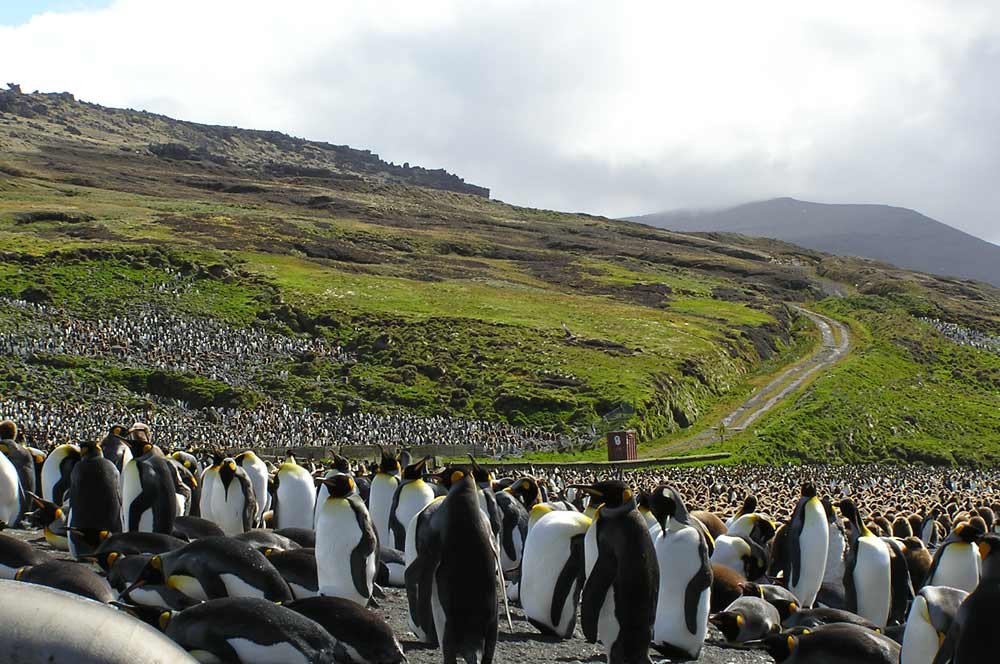
With so many penguins on Possession Island, perhaps it should instead be called Penguin Island.
Jeanna Bryner is managing editor of Scientific American. Previously she was editor in chief of Live Science and, prior to that, an editor at Scholastic's Science World magazine. Bryner has an English degree from Salisbury University, a master's degree in biogeochemistry and environmental sciences from the University of Maryland and a graduate science journalism degree from New York University. She has worked as a biologist in Florida, where she monitored wetlands and did field surveys for endangered species, including the gorgeous Florida Scrub Jay. She also received an ocean sciences journalism fellowship from the Woods Hole Oceanographic Institution. She is a firm believer that science is for everyone and that just about everything can be viewed through the lens of science.


